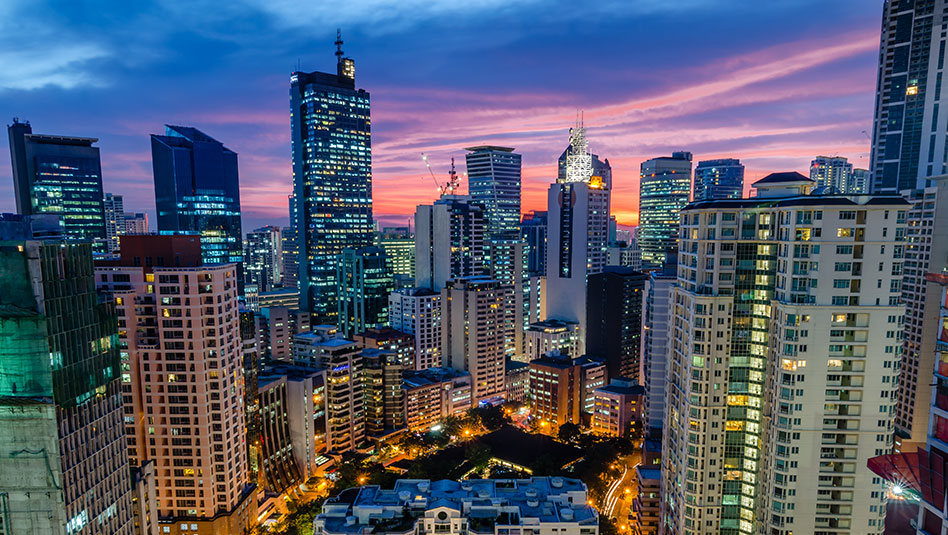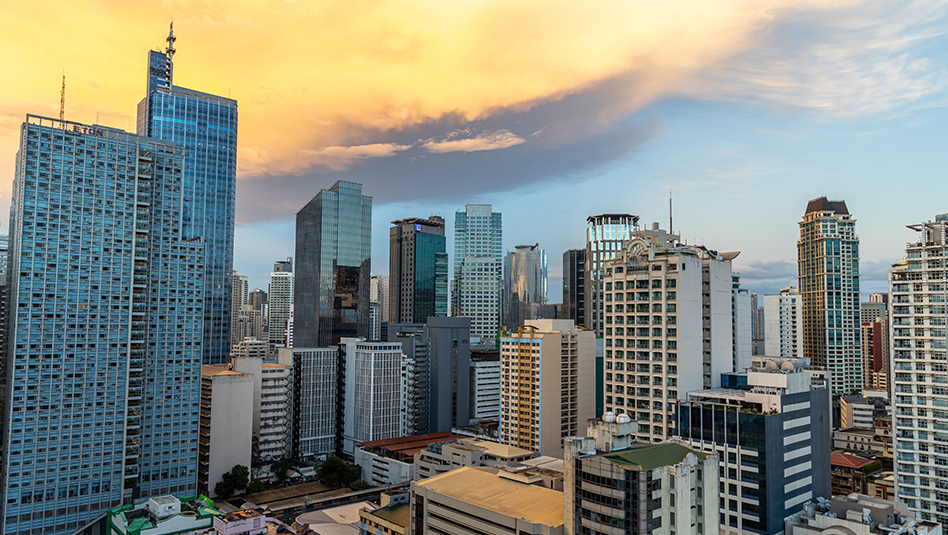
Article Key Points
The current geopolitical landscape is forcing multinational firms across the world to rethink their business continuity plans–by moving operations back home.
 FEATURED INSIGHTS
FEATURED INSIGHTSIn a widely interconnected world, many large corporations open new operational fronts across many countries as a means to improve their downline profits through cost-effective production and manpower. Their presence in other countries also help in widening their brand strength across multiple economies. This is called offshoring.
A perfect example of offshoring is the information technology business process outsourcing (IT-BPO) industry, primarily the call center sector. Here, multinational companies, most of which are from the United States, set up shop in the Philippines to employ a vast English-speaking talent pool, at lower costs.
But recent signs of increasing multipolarity (the balance of power shifting from the control of one country–typically the US–to several other countries like China, and India) have forced other nations to re-assess their interdependence with each other. This multipolarity is also happening at the corporate level, with multinational companies rethinking their supply chains due to ongoing geopolitical tensions.
In our article titled, “Navigating a multipolar world”, we said that those companies and industries that are not too dependent on international trade are likely to weather the incoming storm better. But this may be easier said than done. The bigger question now is, would it be easy for businesses to shift their operations within entirely domestic locations under a potential new world order?
For some, one solution that comes to mind is onshoring.
What is onshoring?
Onshoring is the process of setting up business operations within the company’s home country. These activities can range from extraction of raw materials, manufacturing and production, to technical support or call centers. Because of how these companies have setup their operations abroad through
offshoring and are bringing the majority of their operations back within their national borders, onshoring is also sometimes called reshoring.
In an effort minimize cost, some multinational companies, resort to nearshoring. It refers to setting up business activities near to but not within the company’s national borders. A US-based company setting up lines of production in Mexico is an example of nearshoring.
What are the effects of onshoring?
Onshoring is a strategy used by governments to promote increased self-sufficiency of their economy. By opening operations within their home country, companies are creating jobs, thereby reducing unemployment. Likewise,
Onshoring also reduces interdependency with other countries. A government supports onshoring industries through the implementation of tariffs and other tools to encourage stronger domestic supply chains that are less affected by international market forces. With the shift towards domesticized business activity, these companies may enjoy lower logistical costs and less stringent regulations on trade tariffs.
However, onshoring often has the drawback of decreasing participation in international trade and cooperation. Doing so erases the benefits which come with operating and producing in nations with a comparative advantage, often in terms of human resources.
What are the costs of onshoring?
Onshoring is not quick to implement. The reality is that companies are not going to simply switch to manufacturing or sourcing from entirely domestic or nearby locations. If there is not the capacity nearby, it takes a lot of capital expenditure to build or help generate it. Some things just have to be sourced from different countries, especially in the case of raw materials.
Hence, selectively increasing capacity in locations that are nearer may be a more viable option to adjust to the changing global supply chain landscape. Companies can also revisit offshore locations they use to import goods and services from, possibly opting for smaller and less congested gateways closer to their distribution networks and eventual point of consumption.
At the minimum, companies could seek to geographically diversify their overseas supply chains and governments may be willing to adopt policies to facilitate this transition.
GERALDINE WAMBANGCO is a Financial Markets Analyst at the Institutional Investors Coverage Division, Financial Markets Sector, at Metrobank. She provides research and investment insights to high-net-worth clients. She is also a recent graduate of the bank’s Financial Markets Sector Training Program (FMSTP). She holds a Master’s in Industrial Economics (cum laude) from the University of Asia and the Pacific (UA&P). She takes a liking to history and Korean pop music.
RENZO TAN AND MARCO SIY are interns under the Institutional Investors Coverage Division (IICD) of Metrobank. Renzo is currently studying at the University of Massachusetts Amherst, while Marco is studying at Georgetown University’s McDonough School of Business. Both are avid foodies and somewhat entomophobes.







 DOWNLOAD
DOWNLOAD





 By Geraldine Wambangco, with additional research from Marco Siy and Renzo Tan
By Geraldine Wambangco, with additional research from Marco Siy and Renzo Tan